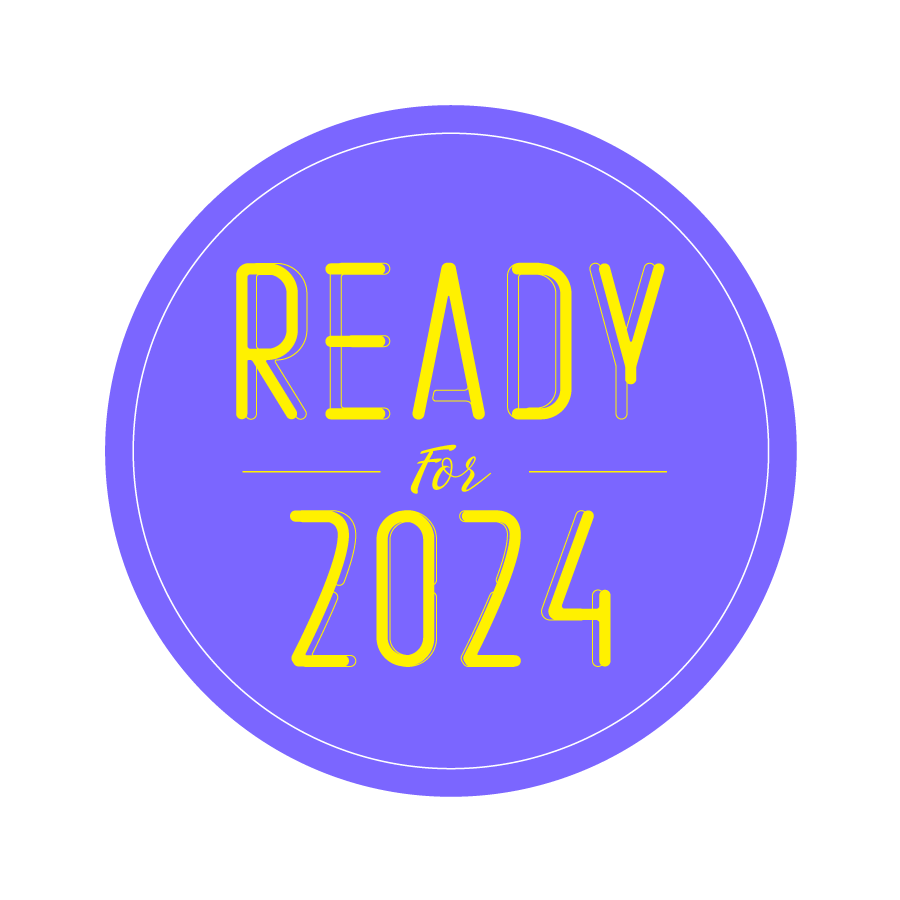Top 25 News Moments of 2023 That Seized the Spotlight
Industry news announcements of 2023 around Martech innovations, generative AI integrations, debuts and acquisitions by giant players have marked meaningful milestones that will be the foundation for 2024’s marketing and CX goals.
Topics
What to Read Next
- TripleLift Announces Partnership with Attain to Unify Context and Commerce
- Seedtag Partners with IRIS.TV to Expand Contextual Signals for CTV Targeting
- Magnite, Cognitiv Announce Deep Learning Integration for Real-Time Curation
- Dscout Announces Integration with HeyMarvin
- Comscore Launches Program-Level Capabilities within CCM











































































































